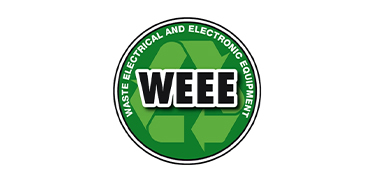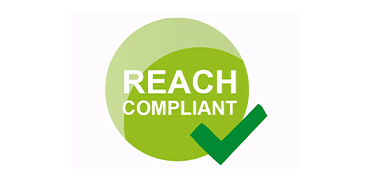How to calculate PCB design cost?
Views: 0 Author: Site Editor Publish Time: 2023-12-08 Origin: Site









In the ever-evolving world of electronics, Printed Circuit Board (PCB) design remains a critical component in developing efficient and reliable products. Understanding and accurately calculating the cost of PCB design is crucial for businesses and engineers alike. This article delves into the various factors that influence PCB design costs and outlines methods to estimate these costs effectively.
Factors to Consider in PCB Design Cost Calculation
Complexity of the Design: The complexity of a PCB significantly impacts its design cost. More complex boards with higher layer counts, finer lines, and tighter spacing require more time and resources, increasing the overall cost.
Materials Used: The choice of materials can vary depending on the application and desired properties of the PCB. High-frequency materials or materials with advanced thermal properties can increase the cost compared to standard FR4 material.
Size and Quantity: Larger PCBs or orders with higher quantities may have a higher total cost but a lower cost per unit. Economies of scale can play a crucial role in determining the overall pricing.
Surface Finish: The type of surface finish, whether it's HASL, ENIG, OSP, or others, can influence the cost. Each finish offers different benefits and comes with its own cost implications.
Component Placement and Density: High component density can increase the design complexity and the precision required in manufacturing, impacting the cost.
Technology and Special Requirements: Features like blind and buried vias, controlled impedance, or flex circuits add to the design complexity and cost.
Methods for Calculating PCB Design Cost
Estimation Tools and Software: Many PCB manufacturers offer online tools and calculators that can provide a preliminary cost estimate based on design parameters.
Consultation with Manufacturers: Directly consulting with PCB manufacturers can provide more accurate cost estimates. They can consider specific design details and offer insights into potential cost-saving measures.
Cost-per-Unit Analysis: For large-scale production, analyzing the cost per unit can help in understanding the overall financial impact and in making decisions regarding design changes.
Comparative Analysis: Comparing the costs of similar PCB designs or seeking multiple quotes can provide a benchmark for cost estimation.
Conclusion
Calculating the cost of PCB design is a multifaceted process that requires consideration of various factors such as design complexity, materials, size, and special requirements. By leveraging estimation tools, consulting with manufacturers, and conducting thorough analyses, businesses and engineers can arrive at a realistic cost estimate. An accurate understanding of PCB design costs is pivotal in managing budgets and making informed decisions in the dynamic field of electronics manufacturing.
+86-18925293263








